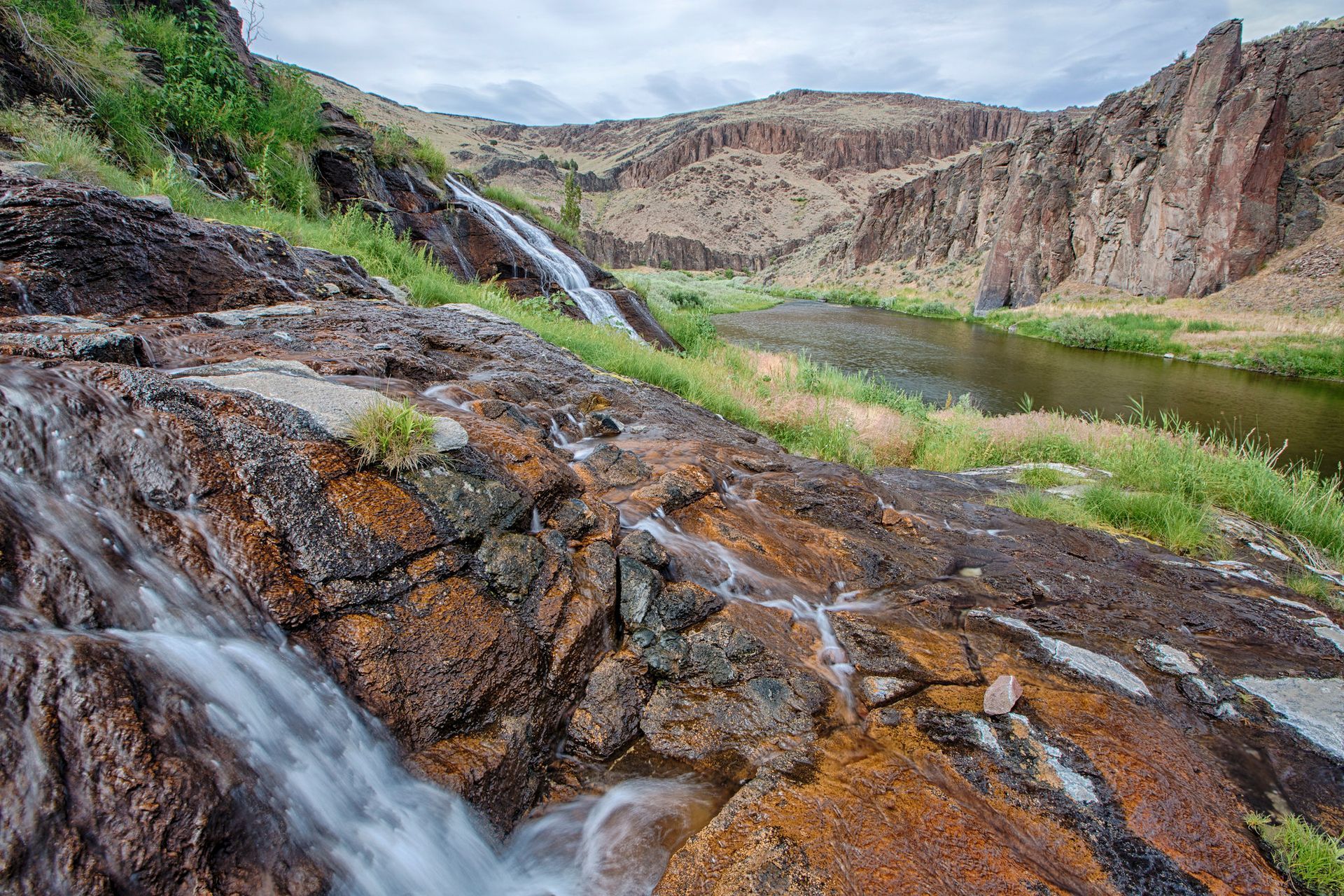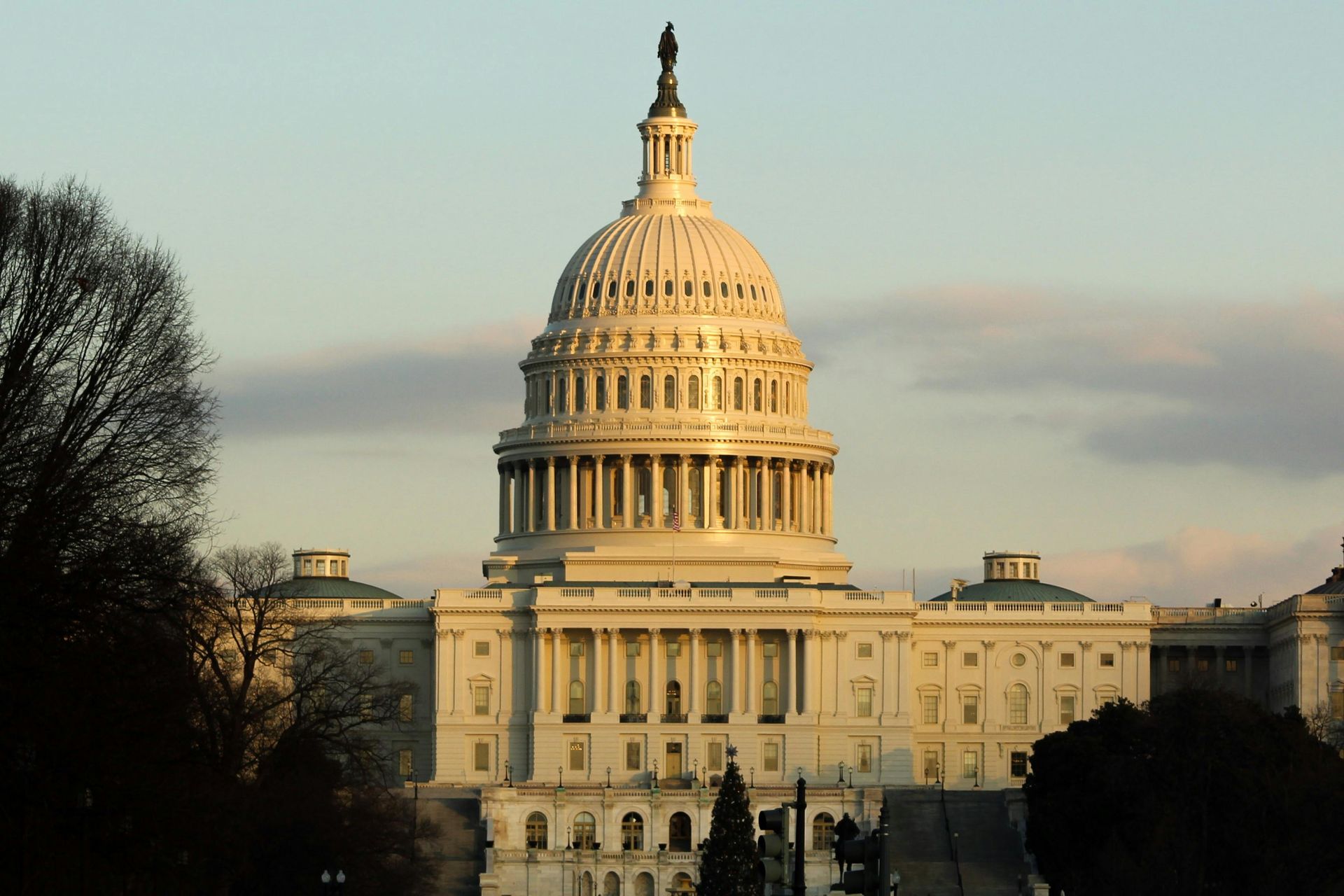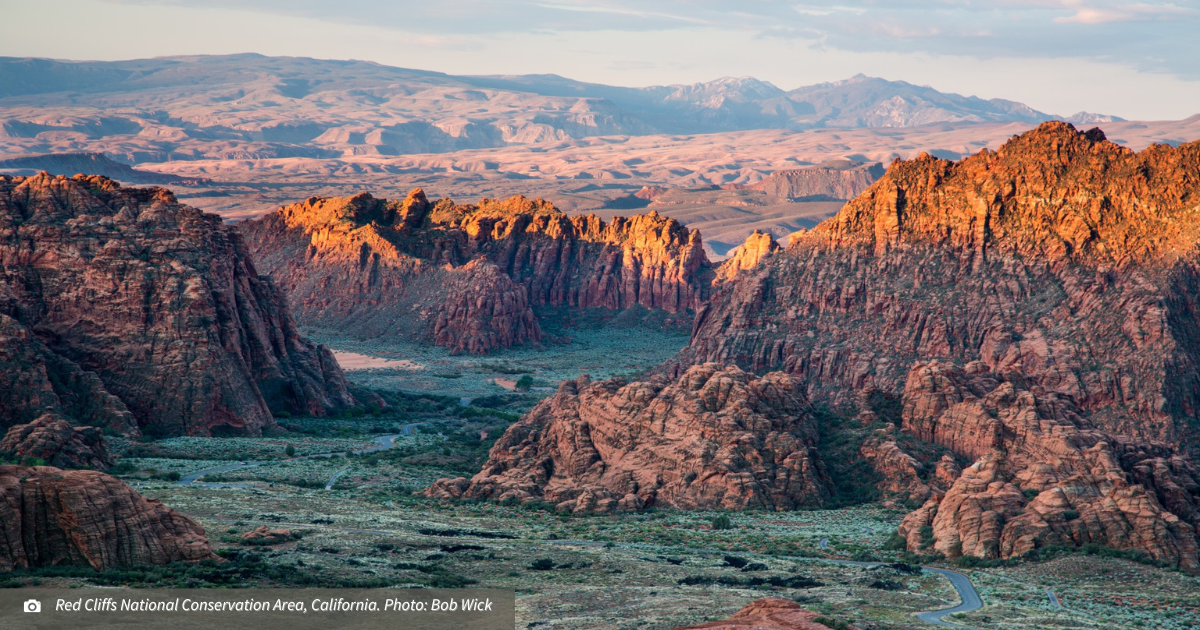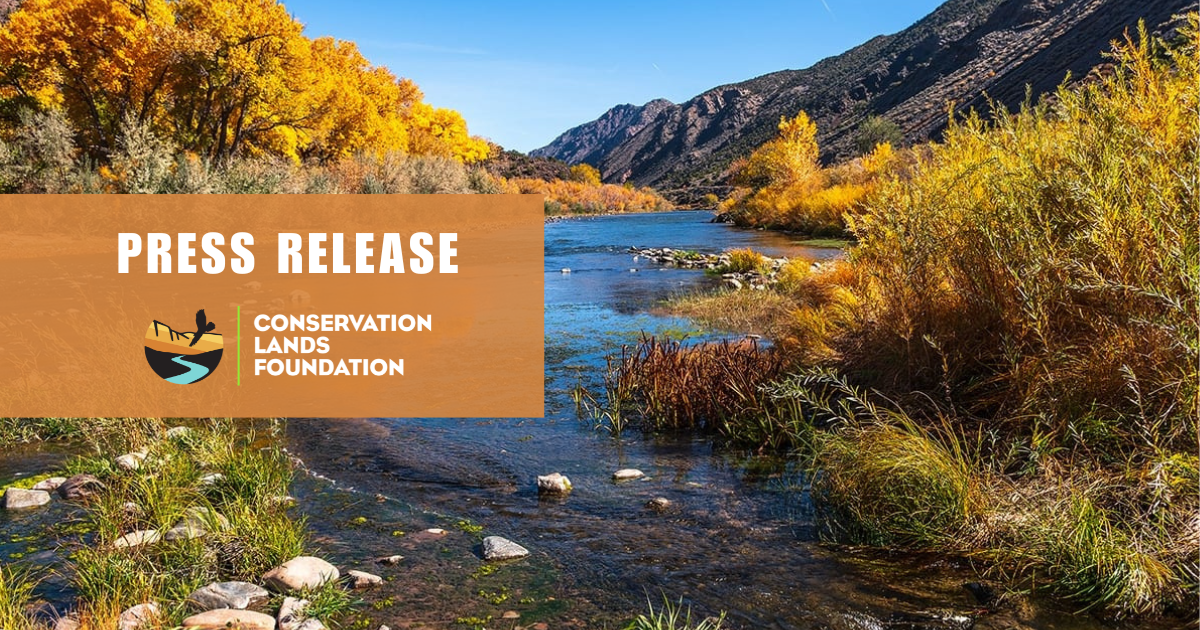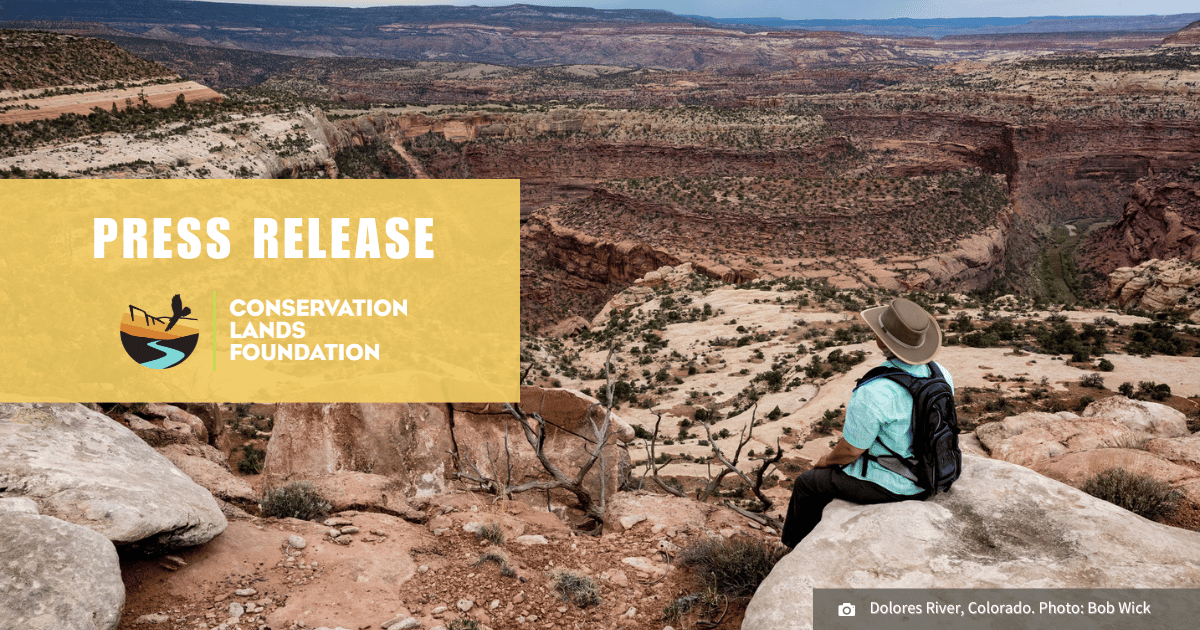2021 GRANT REPORT: 12 STATES / 71 GROUPS / $1,650,500
Our Community-Led Approach to Public Land Protection
Over the last 15 years, the Conservation Lands Foundation has established a successful community-led approach to public land protection. Our mission is to protect, restore and expand the National Conservation Land system managed by the Bureau of Land Management, and we do that by strengthening the leadership and impact of our now 80-organization strong Friends Grassroots Network.
Our community-based philanthropy is based on the proven belief that each member of our Friends Network knows best how to maximize the impact of the resources we provide. The use of our grants is unrestricted and we build relationships based on transparency, dialogue, and mutual learning.
We’re committed to continually examine our decision-making culture and grant guidance to improve our practices and ensure that our impact is supportive and uplifting to Black, Indigenous, and other leaders and communities of color.
With these values at the forefront of our decision-making process, in 2021 we awarded $1,650,500 to 71 Friends Grassroots Network organizations and allied partners across 12 states.
ALASKA
ALASKA CENTER
ALASKA CONSERVATION FOUNDATION NATIVE MOVEMENT
SOVEREIGN IÑUPIAT FOR A LIVING ARCTIC
CALIFORNIA
AMAH MUTSUN LAND TRUST AMARGOSA CONSERVANCY
BLU EDUCATIONAL FOUNDATION CALIFORNIA WILDERNESS COALITION CARRIZO PLAIN CONSERVANCY CHAPARRAL LANDS CONSERVANCY COFEM
FRIENDS OF BIG MORONGO CANYON FRIENDS OF THE DESERT MOUNTAINS FRIENDS OF THE INYO
FRIENDS OF THE LOST COAST
MATTOLE RESTORATION COUNCIL MOJAVE DESERT LAND TRUST
NATIVE AMERICAN LAND CONSERVANCY
NEVADA
FRIENDS OF GOLD BUTTE
FRIENDS OF NEVADA WILDERNESS
FRIENDS OF RED ROCK CANYON
GET OUTDOORS NEVADA
NEVADA CONSERVATION LEAGUE
TRAILS ACCESS PROJECT
ARIZONA
ARCHAEOLOGY SOUTHWEST
FRIENDS OF AGUA FRIA
FRIENDS OF IRONWOOD FOREST
FRIENDS OF ARIZONA JOSHUA TREE FOREST VALLE DEL SOL
COLORADO
COLORADO CANYONS ASSOCIATION
CROW CANYON ARCHAEOLOGICAL CENTER DOLORES RIVER BOATING ADVOCATES FRIENDS OF THE YAMPA
SAN JUAN CITIZENS ALLIANCE
SAN LUIS ECOSYSTEM COUNCIL
SOUTHWEST COLORADO CANYONS ALLIANCE WESTERN SLOPE CONSERVATION CENTER
OREGON
FRIENDS AND NEIGHBORS OF THE DESCHUTES CANYON AREA
FRIENDS OF THE OWYHEE
UPPER SNAKE RIVER TRIBES FOUNDATION
CALIFORNIA Cont.
OUTWARD BOUND ADVENTURES
TRANSITION HABITAT CONSERVANCY
TRINIDAD COASTAL LAND TRUST
TULEYOME
MONTANA
FRIENDS OF MISSOURI BREAKS
WILD MONTANA
SOUTH CAROLINA
RECONSTRUCTION BEAUFORT
TEXAS
FRONTERA LAND ALLIANCE
UTAH
CONSERVE SOUTHWEST UTAH
GRAND STAIRCASE-ESCALANTE PARTNERS
NEW MEXICO
ANCESTRAL LANDS CORP
FRIENDS OF ORGAN MOUNTAINS DESERT PEAKS NEW MEXICO WILD
NEW MEXICO WILDLIFE FEDERATION
PUEBLO ACTION ALLIANCE
UPPER GILA WATERSHED ALLIANCE
WYOMING
WYOMING OUTDOOR COUNCIL WYOMING WILDERNESS ASSOCIATION
SNAPSHOT OF 2021 GRANTS
Youth Leadership • Community Engagement & Resilience • Land Stewardship Advancing Protections• Equitable & Inclusive Land Management
Alaska
Alaska Conservation Foundation
Elevate underrepresented youth leaders in stewardship and stories ranging from climate action to community health, social justice, and wellness initiatives.
Native Movement
Front-line community building to engage and support a network of Inupiaq Peoples and their goals to protect the Arctic North Slope.
California
BLU Educational Foundation
“Let’s Take It Outside” program, providing opportunities for African Americans and other people of color to rebuild historical connections, advocate for key issues, and find joy in Southern California’s public lands.
COFEM
Engage the Latino/x/a community in the East Coachella Valley to protect National Monuments and the California Desert Conservation Lands through outings, digital training, and educational programming.
Friends of the Inyo
Land defense from inappropriate development at Conglomerate Mesa, Panamint Valley, the Bodie Hills; and work with partners and BLM* to implement the Desert Renewable Energy Conservation Plan.
Mojave Desert Land Trust
Increase knowledge and involvement
in conservation through the Women in Science Discovering Our Mojave (WISDOM) program; and engage new audiences and increase public awareness about the Mojave and Colorado Deserts.
California Cont.
Native American Land Conservancy
Restoration, signage installation, safety and visitation to the Old Woman Mountain and Coyote Hole Preserve, and the Learning Landscapes program that brings Native American youth to the preserves to learn about their culture and traditional ecological knowledge from tribal elders and teachers in the Inland Empire, Coachella Valley, and Morongo Basin.
Nevada
Get Outdoors Nevada
Avi Kwa Ame and Southern Nevada campaigns; outdoor education; and organizational diversity, equity and inclusion growth.
Oregon
Friends of the Owyhee
Protections in Malheur Community Empowerment for the Owyhee Act
and Rivers Democracy Act; landscape monitoring; and community engagement with the Owyhee landscape, especially with the local Latino community.
Arizona
Archaeology Southwest
Protect the Lower Gila River Bend area.
Colorado
Dolores River Boating Advocates
Long-term protection of the Dolores River and surrounding public lands; and continued growth of the community's river youth education program.
Western Slope Conservation Center
Enduring protections through new and ongoing administrative processes.
Wyoming
Wyoming Outdoor Council
Community building for the Red Desert.
Utah
Conserve Southwest Utah
Stop Northern Corridor Highway right-of-way; build community partnerships; support Pika’aya Tooveep Habitat Survey Project; and inclusive engagement in management planning.
Grand Staircase-Escalante Partners
Restore scientific studies and collaborative conservation to the forefront of monument management; and elevate Indigenous perspectives and knowledge in land management decisions.
Montana
Wild Montana
Protect central Montana wildlands, wildlife, and natural values via management planning processes and engaging Indigenous communities.
New Mexico
Friends of Organ Mountains-Desert Peaks
Advocate for BLM* initiation and broad public participation in the management planning process; and expand Latino/x/a youth programs.
New Mexico Wild
Conduct community mobilizing activities that secure durable protections for Caja del Rio.
*BLM - Bureau of Land Management
Thank you to our Friends Grassroots Network and donors who make this work possible!
